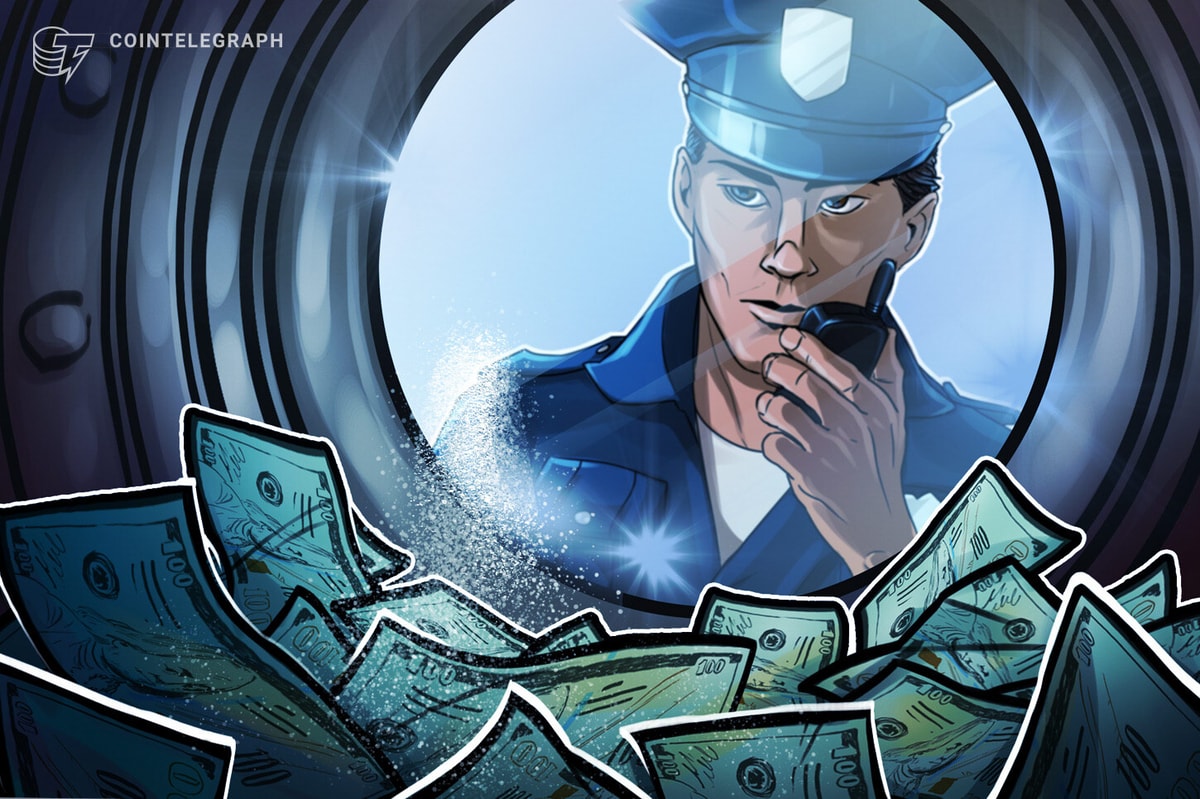What do you do when you’ve helped create the world’s second biggest cryptocurrency by market capitalization? You’re not Satoshi but you are friends with Vitalik Buterin, and although almost a decade has passed since you helped to launch Ethereum, you still have the same urge to extend the benefits of decentralization. Where do you go from ETH?
That’s a question faced by Anthony Di Iorio, one of the five founders of Ethereum.
Discovering Bitcoin and community
Talking to Joel Comm and Travis Wright, hosts of the Bad Crypto Podcast, recently at Puerto Rico Blockchain Week, Di Iorio explained how he first heard about Bitcoin in the summer of 2012.
“After months of not sleeping because of how much I grasped the concept, the idea coming off of years of studying economics, trying to figure out what had happened with the housing crisis and the financial crisis of 2008-2009, [and] being into computers since the early eighties, it was kind of a perfect storm for me to hear about Bitcoin and dive in headfirst.”
Listen to the full interview with The Bad Crypto Podcast
Di Iorio set up the Toronto Bitcoin Meetup Group that year to start a community. Vitalik Buterin was one of the eight people to attend the first meeting. Buterin dropped out of university and a year later sent Di Iorio his white paper for Ethereum. Di Iorio had started a wallet company called Crypto Kit by then, and he passed the paper on to Charles Hoskinson, Mihai Alisie and Amir Chetrit. The team of five set up in Bitcoin Decentral, Di Iorio’s Toronto-based physical hub.
Create a product, not a token
With the additions of Joseph Lubin, Gavin Wood, and Jeffrey Wilcke, that first Ethereum team stretched to eight, although not all were developers. Much of the team was dedicated to finding a way to allow as many participants as possible to provide capital in order to develop Ethereum without the US government seeing the coin as a security.
The key, explained Di Iorio, is to focus on the product and not on the token the product needs in order to operate.
“Figure out how the token economics could actually be something that’s going to be bringing that utility to the plate,” he said. “At the end of the day, the structure that we put together was a necessity to fuel a smart contract platform… It was never envisioned as an investment. It was a product that we sold in a pre-sale purchase to those that wanted to participate.”
Decentralized blockchain nodes with Andiami
Di Iorio is now applying that same principle to the development of a new product. Andiami is an attempt to replace the cloud’s centralized server structure with networks of decentralized nodes. Instead of relying on third party servers to manage transactions, participants will be able to use shared nodes in a manner familiar to users of services like BitTorrent. To encourage take-up, Andiami will use gamification, including the use of physical products with digital elements. The waitlist is already more than 50,000 long.
The question Andiami hopes to answer, says Di Iorio, is “how do we empower people with the tools they need to be in control of their lives, their money, communication, identity?”
It’s also the answer to the question of what to do after you’ve helped build Ethereum: you continue building decentralized networks.
Read More: news.google.com









 Bitcoin
Bitcoin  Ethereum
Ethereum  Tether
Tether  XRP
XRP  Solana
Solana  USDC
USDC  Dogecoin
Dogecoin  Cardano
Cardano  TRON
TRON  Lido Staked Ether
Lido Staked Ether  Wrapped Bitcoin
Wrapped Bitcoin  Sui
Sui  Wrapped stETH
Wrapped stETH  Chainlink
Chainlink  Avalanche
Avalanche  Stellar
Stellar  Hyperliquid
Hyperliquid  Shiba Inu
Shiba Inu  Hedera
Hedera  LEO Token
LEO Token  Bitcoin Cash
Bitcoin Cash  Toncoin
Toncoin  Litecoin
Litecoin  Polkadot
Polkadot  USDS
USDS  WETH
WETH  Monero
Monero  Binance Bridged USDT (BNB Smart Chain)
Binance Bridged USDT (BNB Smart Chain)  Bitget Token
Bitget Token  Wrapped eETH
Wrapped eETH  Pepe
Pepe  Pi Network
Pi Network  Ethena USDe
Ethena USDe  Coinbase Wrapped BTC
Coinbase Wrapped BTC  WhiteBIT Coin
WhiteBIT Coin  Bittensor
Bittensor  Dai
Dai  Uniswap
Uniswap  Aave
Aave  NEAR Protocol
NEAR Protocol  Aptos
Aptos  OKB
OKB  Jito Staked SOL
Jito Staked SOL  Ondo
Ondo  Cronos
Cronos  BlackRock USD Institutional Digital Liquidity Fund
BlackRock USD Institutional Digital Liquidity Fund  Tokenize Xchange
Tokenize Xchange  Internet Computer
Internet Computer